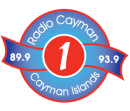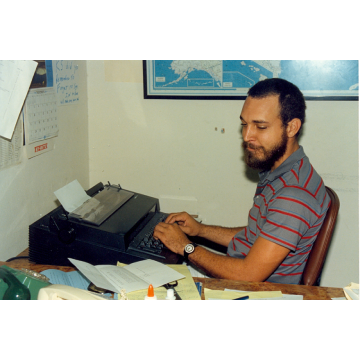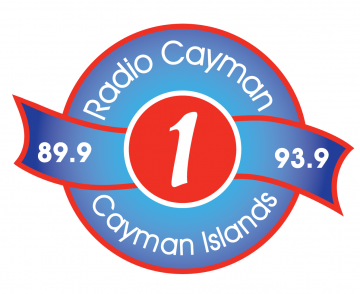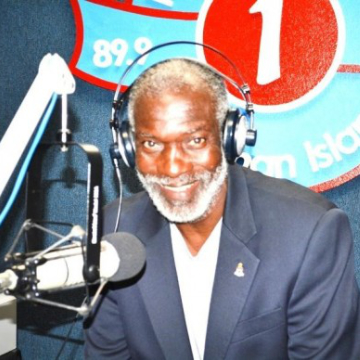News
Cayman Islands to get storm surge model

The Cayman Islands has been given priority consideration for storm surge modelling under a United States Agency for International Development (USAID) programme to advance early warnings of storm surges and strengthen preparedness across the Caribbean.
Premier and Minister of Sustainability & Climate Resiliency Hon. Wayne Panton said the success of his request to move the country from the second to first tranche of the programme was thanks to the strength of partnerships developed with the Caribbean Meteorological Organization (CMO), World Meteorological Organization (WMO), the National Oceanic and Atmospheric Administration (NOAA) and the Regional Association IV Hurricane Committee.
“Over the years both the Cayman Islands National Weather Service and Hazard Management Cayman Islands have worked to establish strong, working relationships with key organisations such as the CMO, NOAA and the National Hurricane Centre,” he said. “When we learned about this storm surge mapping programme, we immediately began working to secure the required model inputs so we would be ready to take full advantage of this opportunity – including high-resolution seabed mapping and digital elevation models of coastal land areas. On behalf of the Cayman Islands Government, I would like to thank the CMO for backing our request, and the Regional Association IV Hurricane Committee for recognising the urgency of our appeal and moving the Cayman Islands into the first tranche of this programme.”
Under the U.S.-Caribbean Resilience Partnership, the USAID-funded programme will develop maps to assess and visualize storm surge risk, as well as strengthen capacity for early warnings in the countries across the Caribbean.
HMCI Director Danielle Coleman explained that storm surge is the deadliest hazard associated with tropical cyclones globally.
“Given our average height above sea level, storm surge is a particularly dangerous threat to the Cayman Islands. Having access to this state-of-the-art surge modelling will literally help us save lives in a disaster situation,” she said. “With climate change, which is resulting in an increase in the intensity of hurricanes in the North Atlantic, the importance of having reliable, accurate surge modelling is of particular importance and urgency.”
CINWS Director General John Tibbetts said the storm surge modelling will assist the CINWS and HMCI to predict, prepare and coordinate an appropriate response to the hazard of storm surge posed by a particular storm.
“The NHC has already completed storm surge modelling projects for Hispaniola, parts of Mexico and Belize, and is currently working on completing the modelling for the Bahamas. As part of capacity building activities, there have been several training opportunities and the latest storm surge modelling training workshop will be held in the Bahamas next month. The CINWS’ own Mr. Allan Ebanks has been invited to participate in this workshop,” he said.
Premier Panton confirmed that the storm surge modelling will also inform strategies proposed in the draft Climate Change Policy, which is expected to go to public consultation next month.
“Taking an evidence-based, multi-hazard approach to risk-mapping is essential to ensuring our communities are prepared to withstand the worst impacts of climate change,” he said. “This is about saving lives, protecting livelihoods, and ensuring we are doing everything we can to safeguard the future of our islands for the generations to come.”
For more information on this project, please visit: https://caymanprepared.gov.ky/












